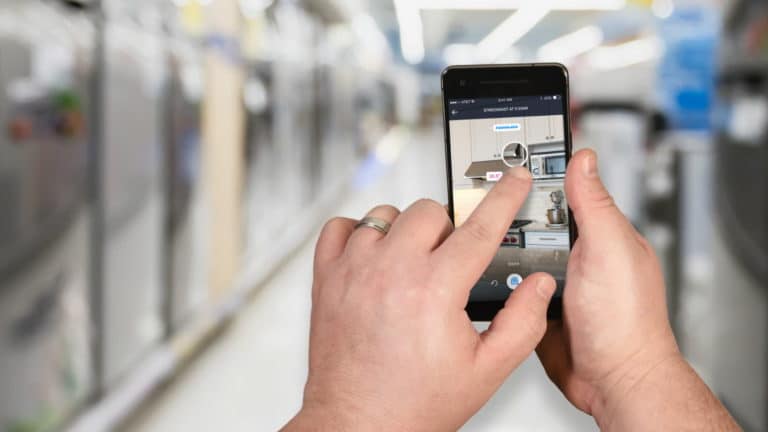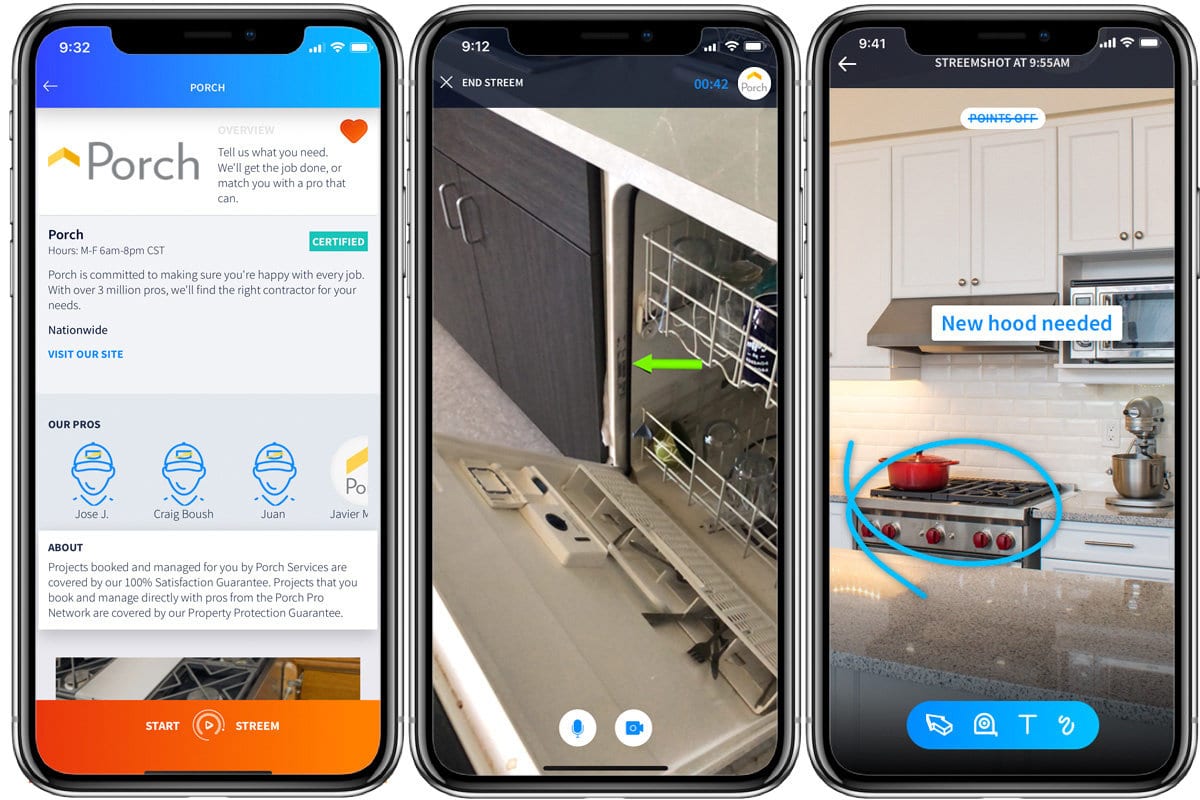
Data Point of the Week is AR Insider’s dive into the latest spatial computing figures. It includes data points, along with narrative insights and takeaways. For an indexed collection of data and reports, subscribe to ARtillery Pro.
AR’s proposed use cases are often divided between enterprise (B2B), and consumer (B2C). But there’s a third category we’re monitoring that’s somewhere between the two: B2B2C. In other words, AR is being applied to help consumer-facing businesses better serve their customers.
This is where Streem lives. It brings the industrial AR concept of remote assistance (a.k.a. “see what I see”) to the much larger market of customer support. Picture a cable rep visually walking you through a router setup versus disjointed (and sometimes painful) voice-only instructions.
But an even better area to reduce pain and cost is home services like plumbing. Homeowners can be the eyes and ears of a remote pro, via upheld smartphone. The latter can then diagnose issues and instruct the homeowner with voice and positionally accurate on-screen annotations.

The real value plays out through reducing costly technician visits, according to Streem CEO Ryan Fink, who tells Venture Beat that it’s done this to the tune of 42 percent. Otherwise known as a “truckroll,” this includes preliminary home visits to scope and price a given job.
Home services is an area we know well from years of analyst coverage in mobile local commerce. The vision was always for smartphone apps to enable picture sharing for that same remote transparency. But it was never executed well nor incrementally valuable enough.
Streem is the 2.0 version of that principle that could actually land. As we’ve examined, any new technology has to be considerably greater than the one it’s proposed to replace in order to outweigh adoption friction and activation energy. And local businesses are famously resistant.
Streem appears to have the ingredients to win them over. Then comes the classic local challenge of selling into a fragmented market (millions of small buyers). That often requires local “feet on the street” sales channels and a revenue share, but that’s a post for another day.
We could also envision this coming to market through partnerships with home appliance manufacturers. That would involve single points of entry to many homeowners and strong ROI for customer service departments that have to support DIY installations or diagnose issues.
Meanwhile, the pieces are in place and we’re rooting for Streem for selfish reasons. From the perspective of de-facto IT managers for remote family, helping set up that wifi router visually will be a lot less painful with clever AR interactions like this. And it’s a big addressable market.
For more, check out the below episode of the Above the Cloud podcast where we further examine how AR will impact local commerce, including the home services angle.
https://soundcloud.com/above_the_cloud/episode-23-what-makes-ar-fly-or-die-featuring-mike-boland
For deeper XR data and intelligence, join ARtillery PRO and subscribe to the free AR Insider Weekly newsletter.
Disclosure: AR Insider has no financial stake in the companies mentioned in this post, nor received payment for its production. Disclosure and ethics policy can be seen here.
Header Image Credit: Streem
